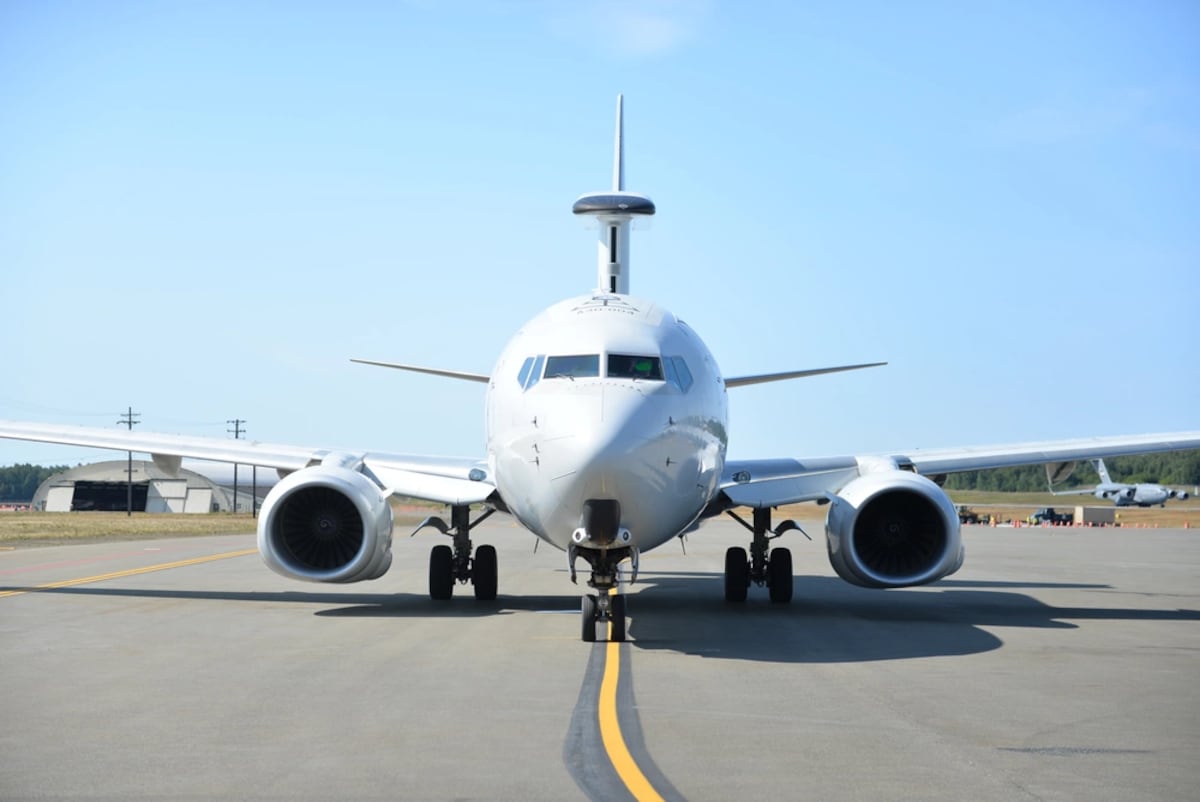Air Force Solicits Industry Input for Cost-Effective Anti-Air Missile Development
The U.S. Air Force is actively engaging with the defense industry to explore concepts for a new anti-air missile that prioritizes rapid production at an estimated unit cost of $500,000. This initiative is part of the Counter-Air Missile Program (CAMP), overseen by the Air Force Life Cycle Management Center’s Armament Directorate.
Project Overview and Objectives
Recently, the Air Force published a presolicitation notice on Sam.gov, inviting industry stakeholders to provide white papers by December 2. Though still in the preliminary stages, the service anticipates acquiring thousands of these munitions, including ground-launched variants, to bolster its air defense capabilities.
Key project highlights include:
- Affordability and Scalability: The primary goal is to create an affordable, modular system with high production potential.
- Focus on Ground-Launched Systems: These systems will serve as a risk mitigation strategy to advance missile design and maturity while paving the way for future air-to-air missile capabilities.
- Production Goals: There is an emphasis on producing at least 1,000 units annually once the program reaches full operational capacity.
Design Philosophy and Requirements
The Air Force notably seeks systems that will not only meet budgetary constraints but also define a new standard for rapid missile production. Some specific design principles include:
- Modular Architecture: A system designed with interchangeable components provides flexibility and adaptability.
- Open Standards: Open system architecture allows for easier integration of new technologies and enhancements.
- Digital-First Development: Emphasis on digital engineering to expedite the design process and reduce development time.
In an innovative approach, the Air Force is willing to compromise on certain advanced capabilities in favor of affordability and manufacturability. Contractors interested in detailed specifications can request an appendix containing controlled unclassified information that elaborates on key system attributes.
Program Development Phases
The CAMP initiative is organized into multiple developmental phases:
- Phase 1 (Two-year duration): Focused on creating a ground-launched variant of the missile.
- Phase 2: Will aim to transition the munition into an established program of record.
- Future Phases: May facilitate the adaptation of the missile into an air-to-air configuration, enhancing its versatility.
This phased approach is designed to gradually iteratively refine the missile system, adapting it to evolving operational needs.
Integration with Broader Initiatives
The ground-launched CAMP munition will also align with the Air Force’s Enterprise Test Vehicle (ETV) class of weapons. This integration enables lower-cost, rapid capabilities for testing and demonstrating future subsystems in real-world environments before they integrate into formal weapon programs.
In tandem with the Defense Innovation Unit, the Air Force is also pursuing a family of low-cost cruise missiles under the ETV program. Companies like Anduril and Zone 5 Technologies have recently secured contracts to advance development aimed at creating a palletized munitions system under the Franklin Affordable Mass Missile (FAMM) program.
Conclusion
As the Air Force seeks innovative solutions to modernize its missile capabilities, the CAMP initiative represents a strategic commitment to developing cost-effective and rapidly producible munitions. The focus on modularity, affordability, and efficient production reflects a broader trend in defense procurement aimed at ensuring operability under constrained budgets and rapidly changing threats. Engaging industry partners in this dialogue may yield transformative enhancements to the service’s air defense arsenal, aligning with national security objectives in a dynamic global landscape.





